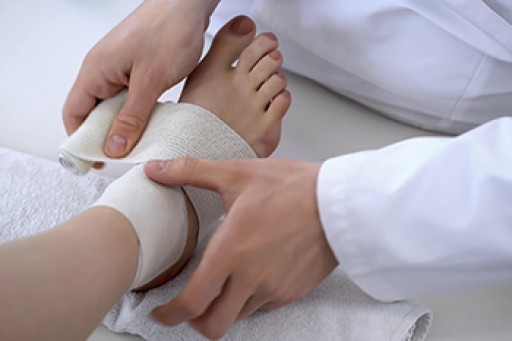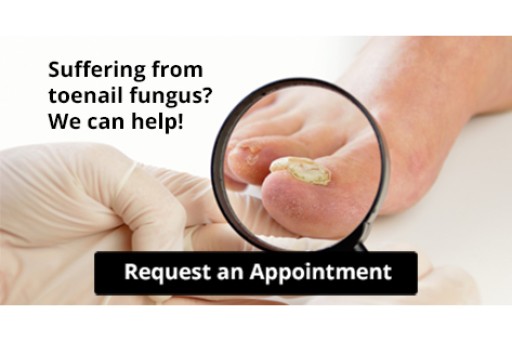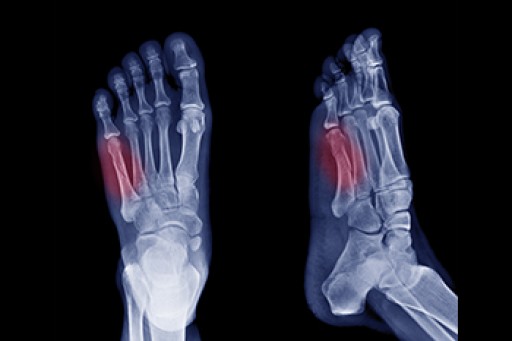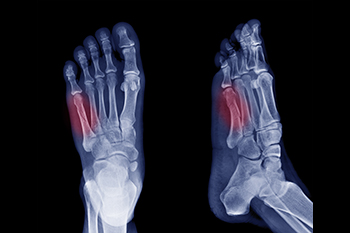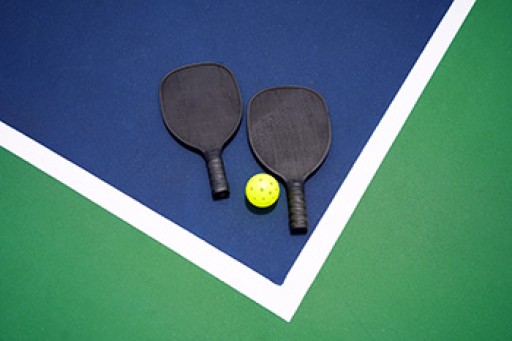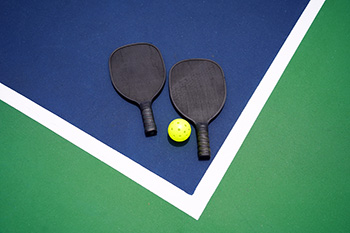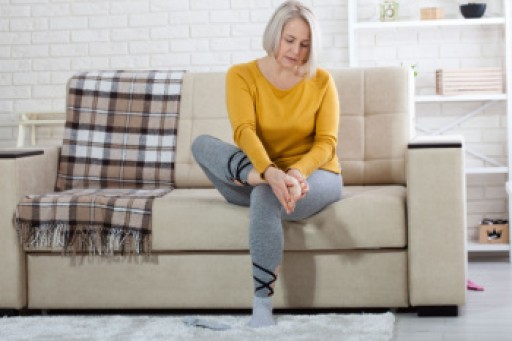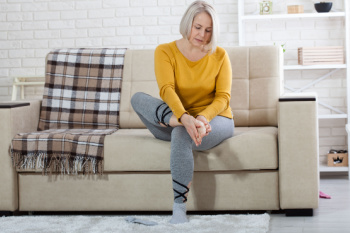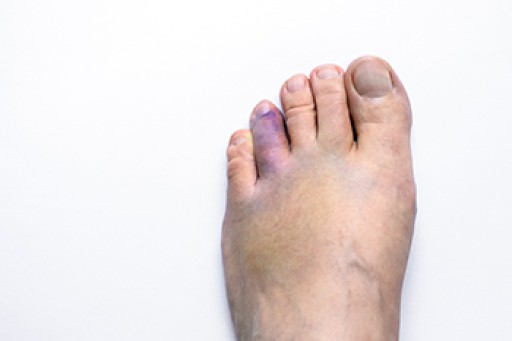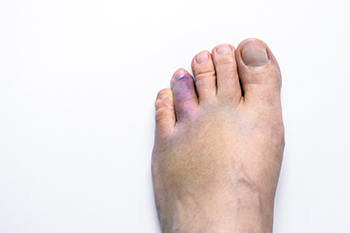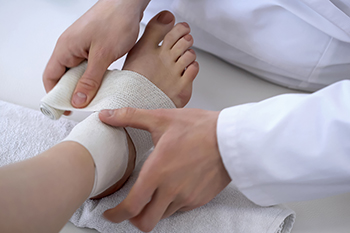
A sprained ankle occurs when the ligaments that connect the bones in the ankle are stretched or torn, typically from twisting, rolling, or landing awkwardly on the foot. It differs from a strain, which involves damage to the muscles or tendons. Symptoms of a sprained ankle include pain, swelling, bruising, and difficulty moving the ankle, especially when walking or standing. The pain often intensifies when weight is placed on the injured foot. Treatment for a sprained ankle usually includes rest and elevation. In severe cases, a brace or crutches may be necessary to keep weight off the foot. Targeted exercises may also be recommended to strengthen the ankle and prevent future injuries. A podiatrist can assess the severity of the sprain, offer pain relief options, and guide you through rehabilitation exercises for proper healing. If you are experiencing ankle pain, it is suggested that you schedule an appointment with a podiatrist.
Although ankle sprains are common, they aren’t always minor injuries. If you need your ankle injury looked at, contact Vincent, Vess from Fourth River Foot & Ankle. Our doctor can provide the care you need to keep you pain-free and on your feet.
How Does an Ankle Sprain Occur?
Ankle sprains are the result of a tear in the ligaments within the ankle. These injuries may happen when you make a rapid shifting movement while your foot is planted. A less common way to sprain your ankle is when your ankle rolls inward while your foot turns outward.
What Are the Symptoms?
- Pain at the sight of the tear
- Bruising/Swelling
- Ankle area is tender to touch
- In severe cases, may hear/feel something tear
- Skin discoloration
Preventing a Sprain
- Wearing appropriate shoes for the occasion
- Stretching before exercises and sports
- Knowing your limits
Treatment of a Sprain
In many cases, the RICE method (Rest, Ice, Compression, and Elevate) is used to treat ankle sprains. However, you should see a podiatrist to see which treatment option would work best with your injury. In severe cases, surgery may be required.
It is important to ask your doctor about rehab options after you receive treatment for your injury. Stretching, strength training, and balance exercises may help the ankle heal while also preventing further injury.
If you have any questions, please feel free to contact our offices located in Pittsburgh, White Oak, and McKeesport,PA . We offer the newest diagnostic and treatment technologies for all your foot care needs.
